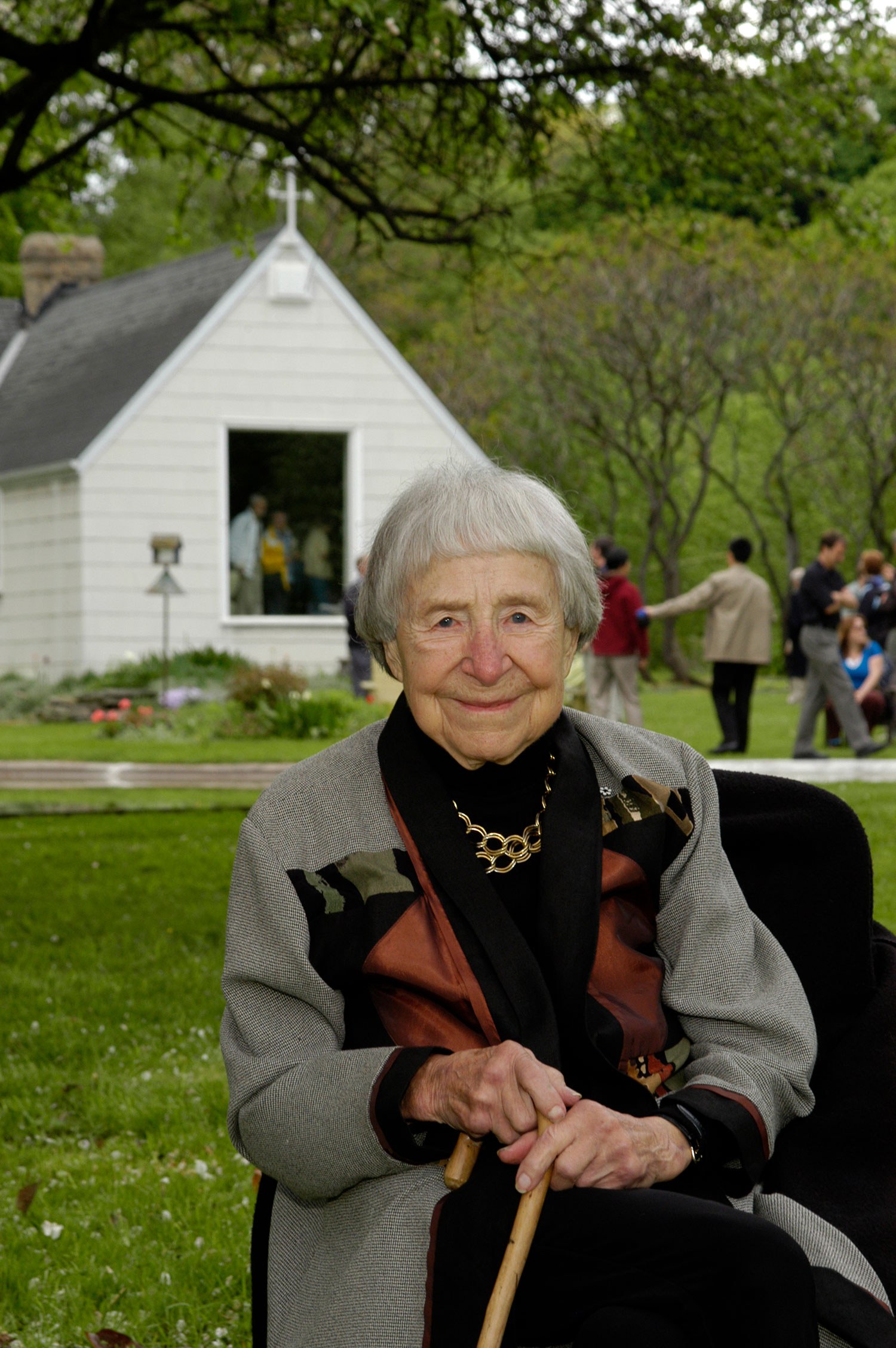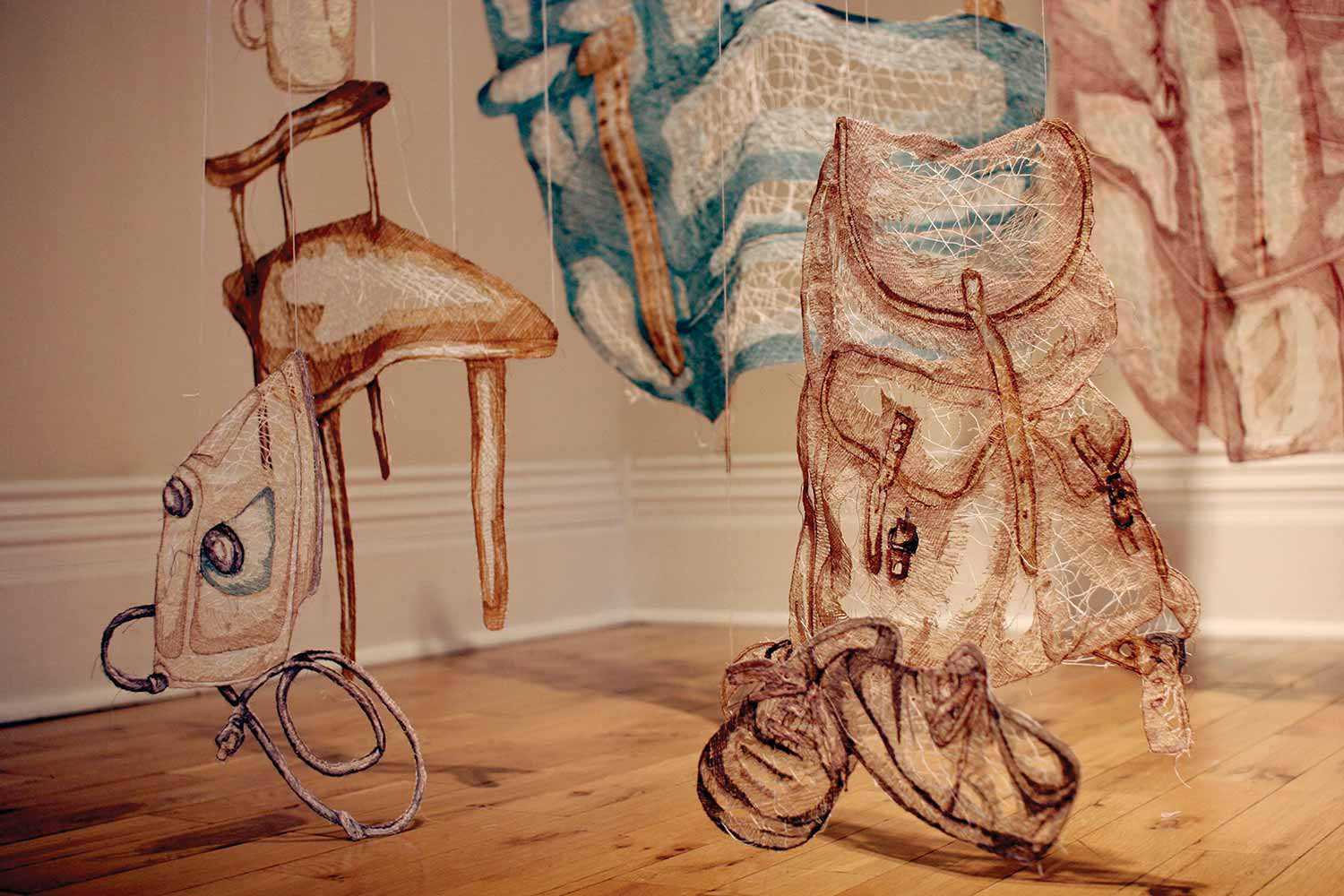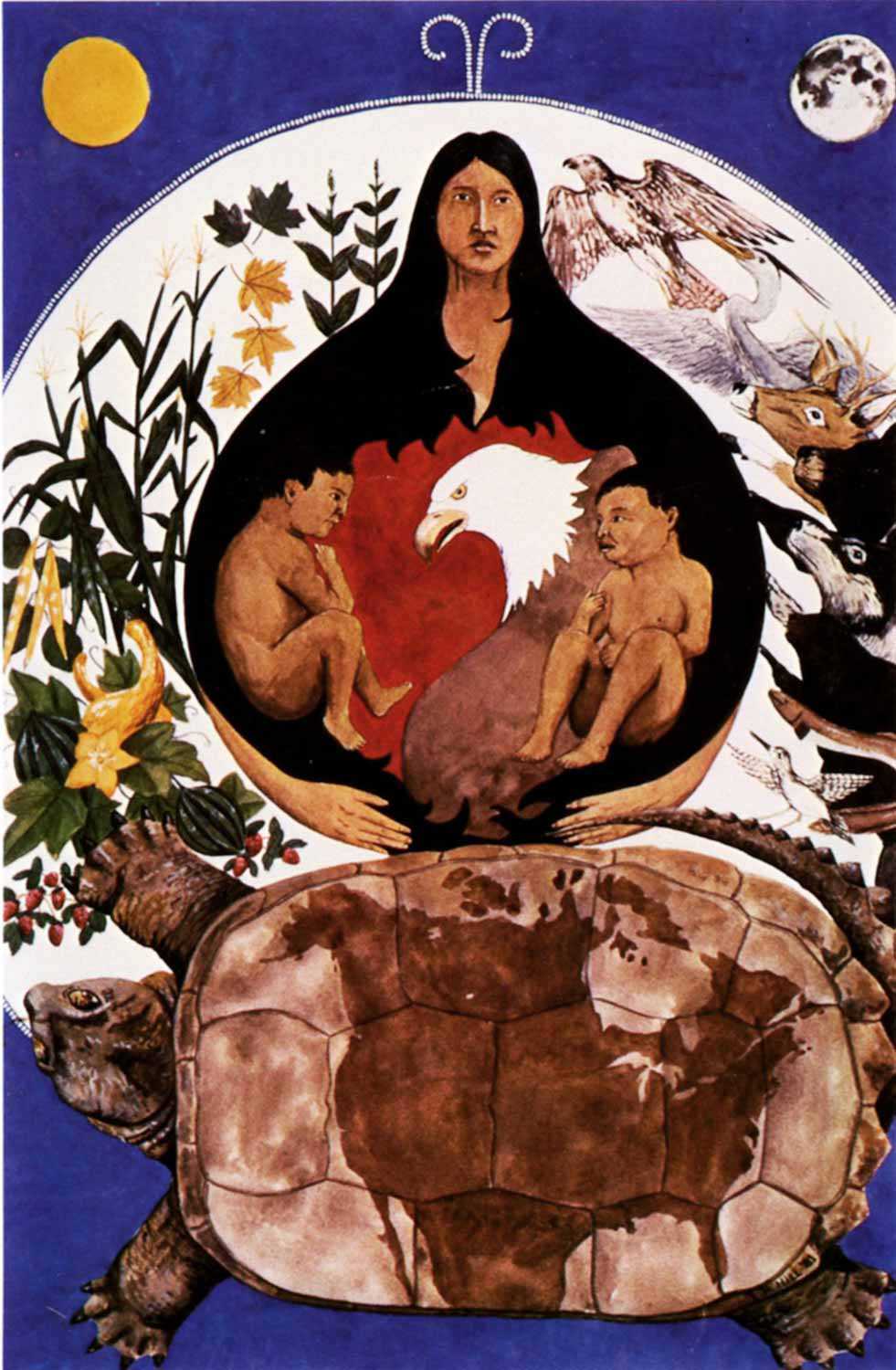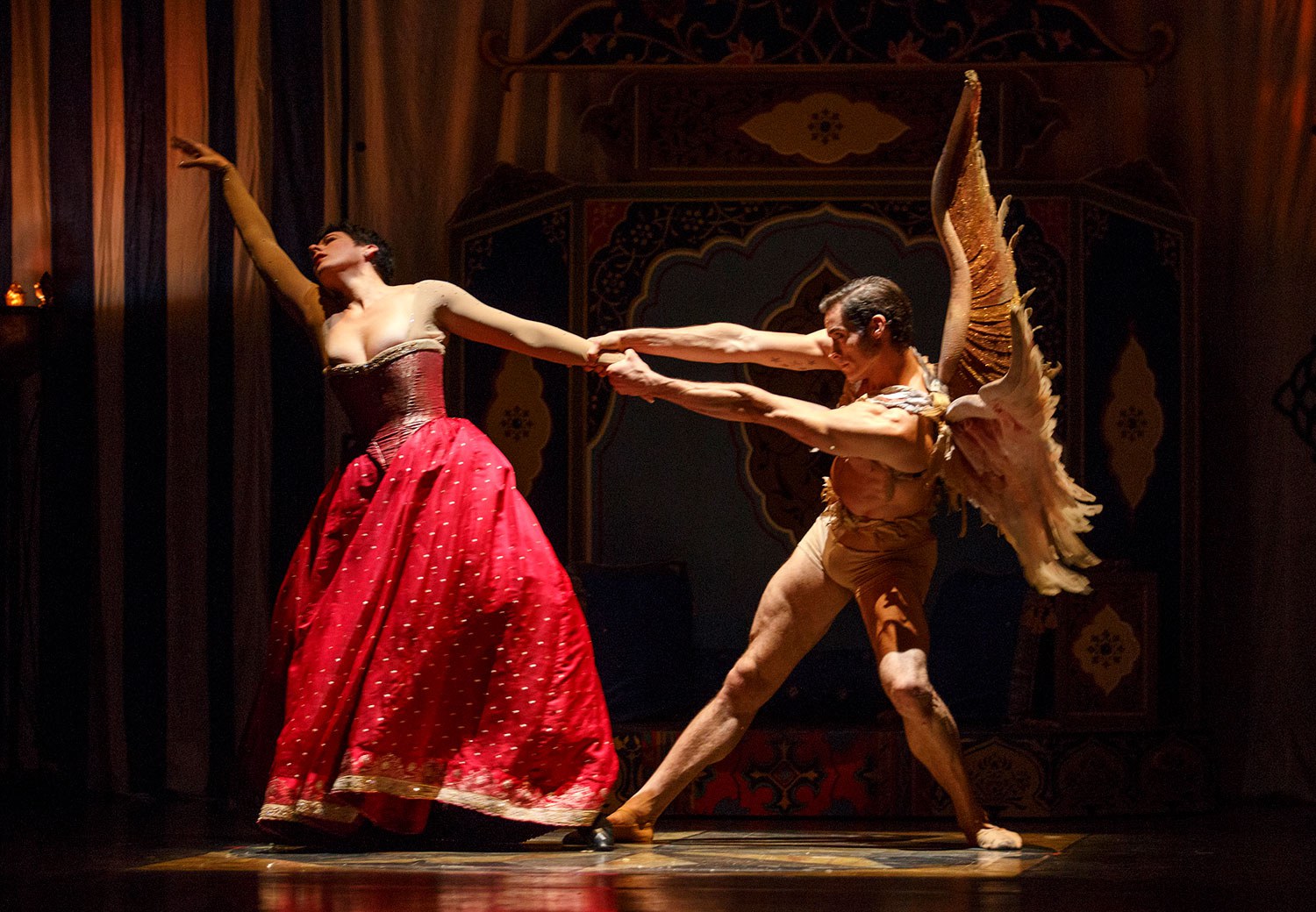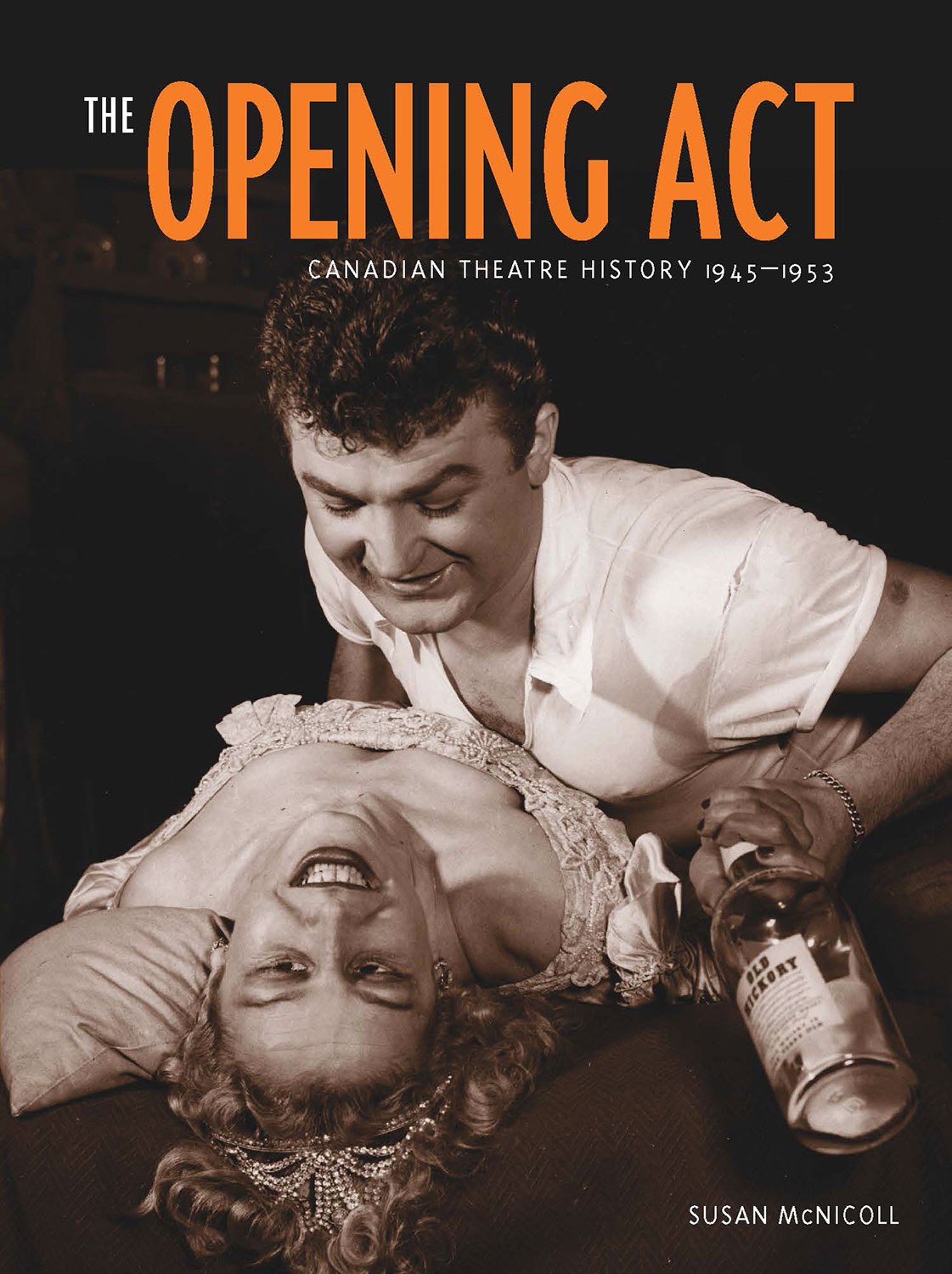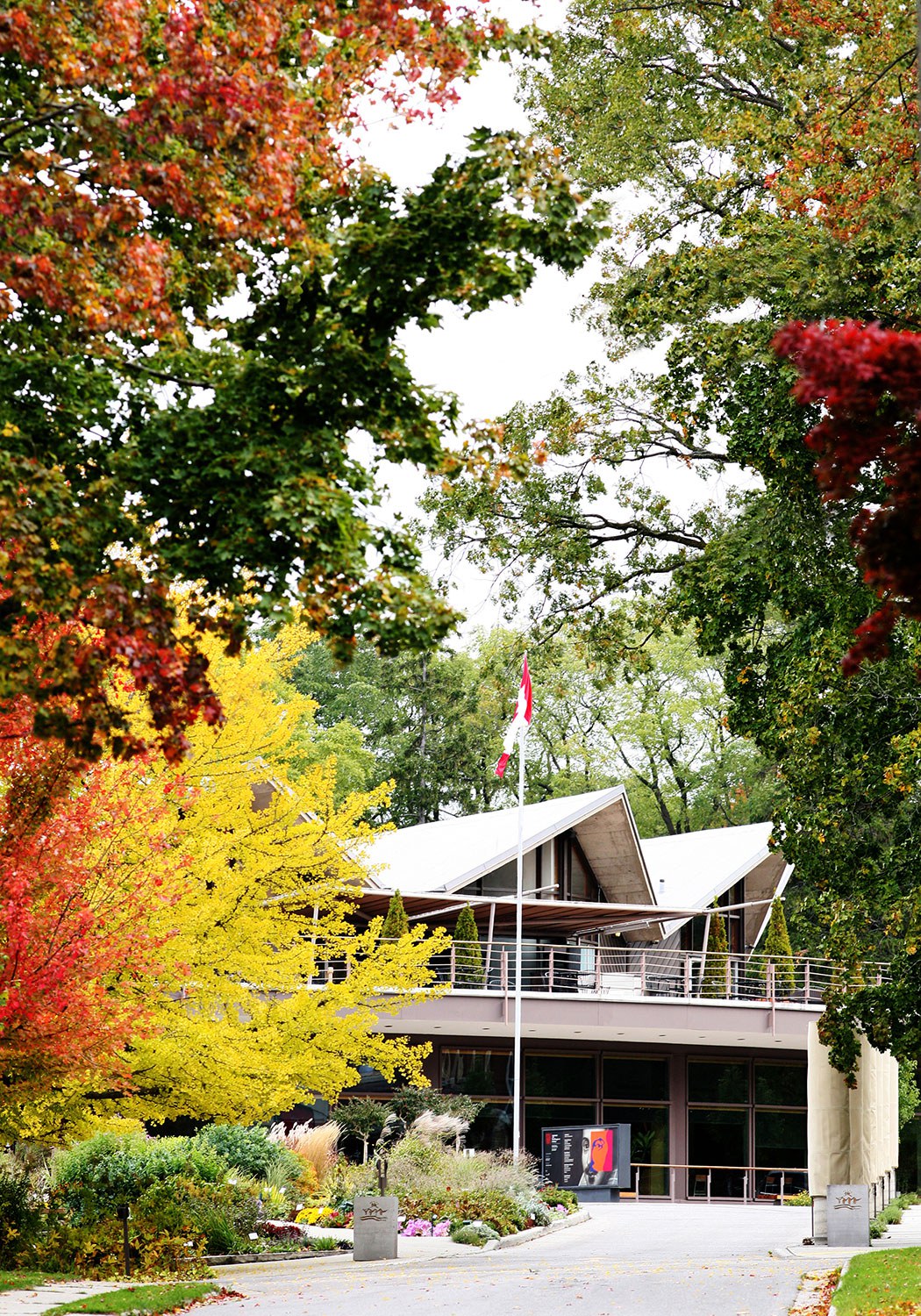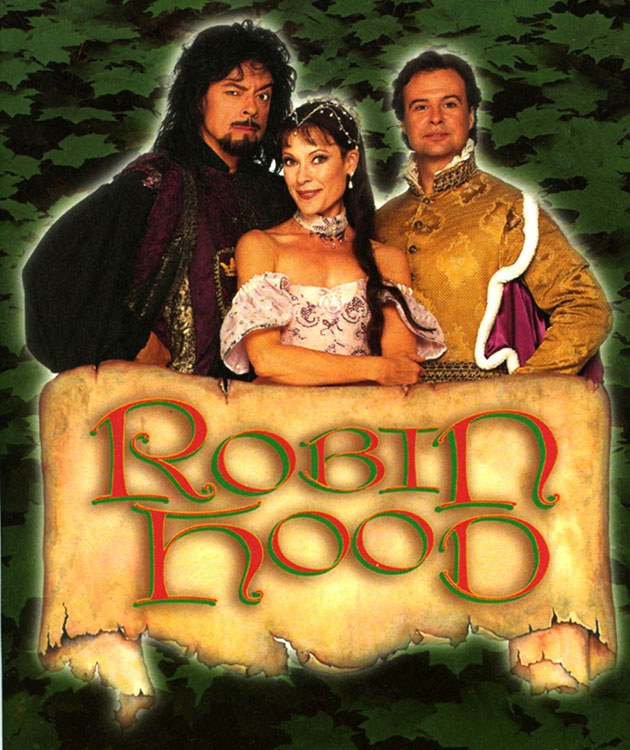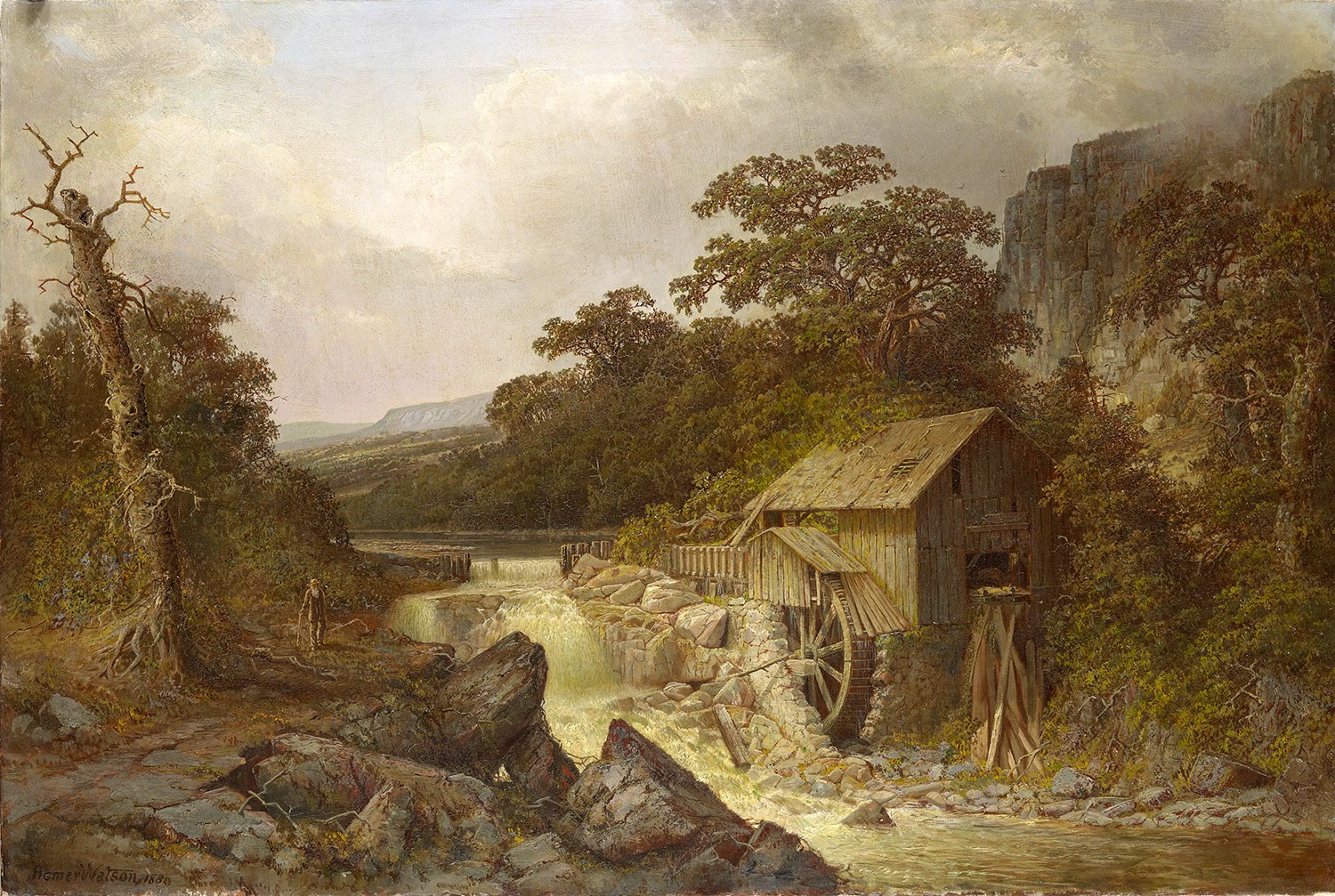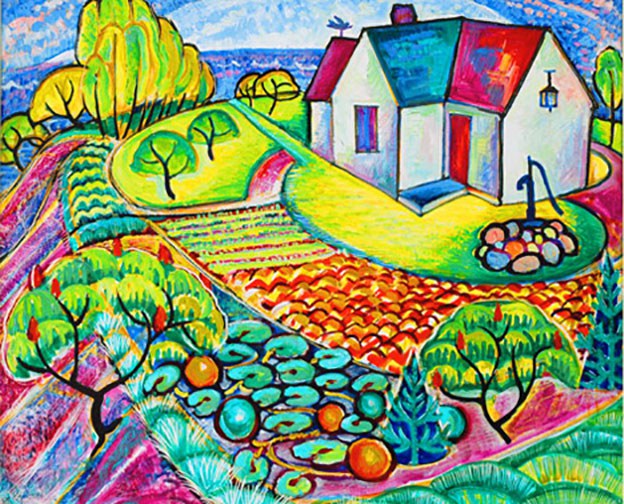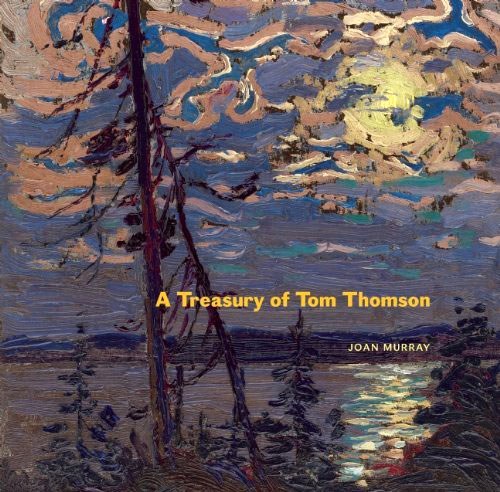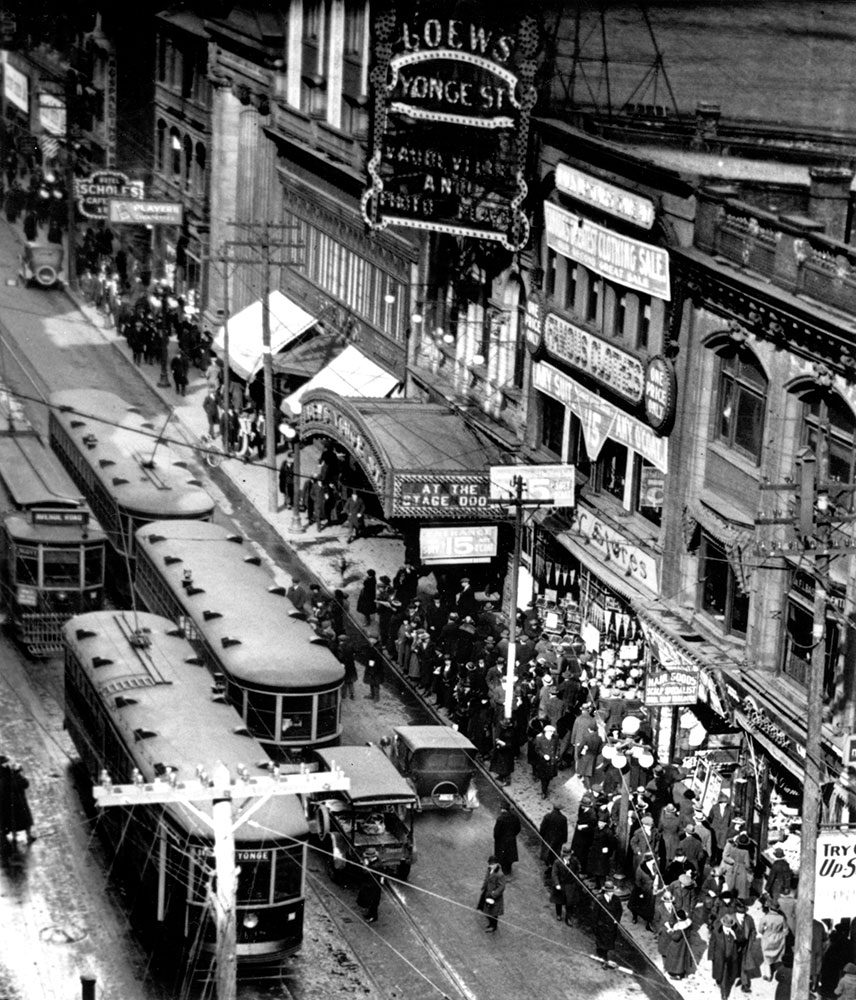

Browse by category
- Adaptive reuse
- Archaeology
- Arts and creativity
- Black heritage
- Buildings and architecture
- Communication
- Community
- Cultural landscapes
- Cultural objects
- Design
- Economics of heritage
- Environment
- Expanding the narrative
- Food
- Francophone heritage
- Indigenous heritage
- Intangible heritage
- Medical heritage
- Military heritage
- MyOntario
- Natural heritage
- Sport heritage
- Tools for conservation
- Women's heritage
Bringing vaudeville back into the limelight
The vaudeville era is one of the more remarkable chapters in the history of theatre and performance. Vaudeville was a dazzling and colourful genre of live entertainment that reached its peak at the turn of the last century, only to be replaced by radio and motion pictures. Vaudeville was popular throughout North America, with troupes of comedians, dancers, acrobats and musicians travelling anywhere they could get bookings.
Ontario had its own array of talented vaudeville performers who travelled throughout the continent. Perhaps all but forgotten today, many of these performers were immensely talented and entertained grateful audiences in the heyday of the vaudeville era.
Historical documentation about Ontario’s vaudeville legacy is limited, but what does survive is captivating. For instance, there is a series of 70 or so remarkable photographic images captured on glass plate negatives in 1910 by the Roy Studio in Peterborough. Known simply as the “Vaudeville Series,” these photos capture images of different travelling companies, including perhaps Canada’s best-known – the Marks Brothers Dramatic Company, known as The Canadian Kings of Repertoire.
The Marks Brothers Dramatic Company originated in the 1870s in Christie Lake, a small town near Perth, Ontario. They performed for nearly 50 years, delighting audiences across North America, and were known for lavish and dazzling stage design and flamboyant performances. In a Maclean’s magazine retrospective written in 1958, they were called “the most remarkable theatrical family in Canadian history.” But with the decline of vaudeville, the Marks Brothers touring company folded in 1920.
In 1910, the Marks Brothers troupe arrived in Peterborough, Ontario for a series of shows at a local theatre. It is not certain how the Marks players and the Roy Studio collaborated. Fred Roy, the owner of the studio, had a keen and discerning eye for dramatic and visually interesting subject matter.
The Roy Studio, which opened in 1896, was another family business that ran for generations. The studio, widely known for its exceptional portraiture, postcards and photo-journalism, operated from the 1890s until 1992 and amassed a staggering 300,000 glass plate and film negatives.
In 2000, the entire collection – which captured virtually every facet of daily life in a small Ontario community – was acquired by the City of Peterborough, thanks to a generous donation from Jim Balsillie, cofounder of Research in Motion (makers of the BlackBerry) and a former Peterborough resident.
The Peterborough Museum and Archives, after acquiring this nationally significant collection, launched a relocation project to transfer it from the basement of the studio to a purpose-built storage facility at the local public library. A collections management plan was developed focusing on conservation and documentation. The plates were inspected, cleaned and stabilized. Digitization was another key task, since there was a tremendous public interest in seeing the images.
The Vaudeville Series captured public attention well before the Roy Studio acquisition was finalized. Some of the images from this series had surfaced over the years, but only after public acquisition could the full breadth and scope of the photos be revealed. Glass plate negatives produce images of unusual clarity and crispness. Some of the negatives are as large as 16 x 20 inches (41 x 51 cm), providing even sharper detail.
Many of these negatives had not been seen since they were created in 1910. They show performers in full costume. Some are conventional portraits. Most of them, however, depict troupe members in dramatic poses presumably as would be seen onstage. We also see performers looking into the camera lens wearing comical or grotesque makeup.
Fortunately, the Roy Studio adopted a solid record-keeping system from the beginning. All of their negatives were routinely housed in paper sleeves. Photographers jotted down information about the subject along with key dates and other pertinent details.
Not long after the Peterborough Museum and Archives secured public ownership, it became clear that this visually stunning vaudevillian series could be the focus of a travelling exhibition. Funding was secured from the federal department of Canadian Heritage. In August 2005, the museum launched “Voices of the Town: Vaudeville in Canada,” which explores the remarkable history of vaudeville using the Roy Studio images.
The exhibit has travelled the country and is still touring today – a testament to the allure of vaudeville, the quality of the Roy Studio images and the curatorial expertise of the Peterborough Museum and Archives. Vaudeville may now be a distant memory, but at least this archival treasure survives and the historical information it holds can be revealed and shared. [All images: Balsillie Collection of Roy Studio Images, Peterborough Museum and Archives.]





